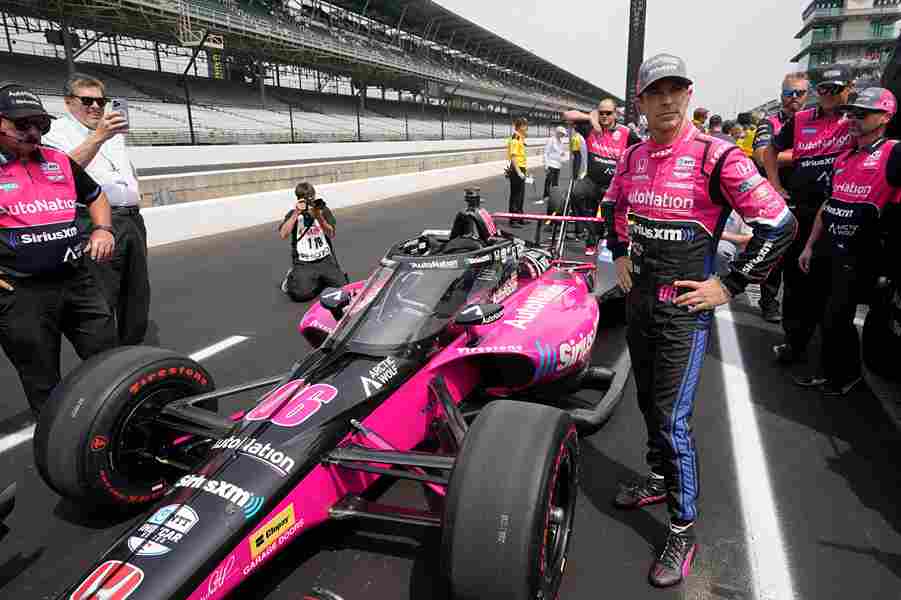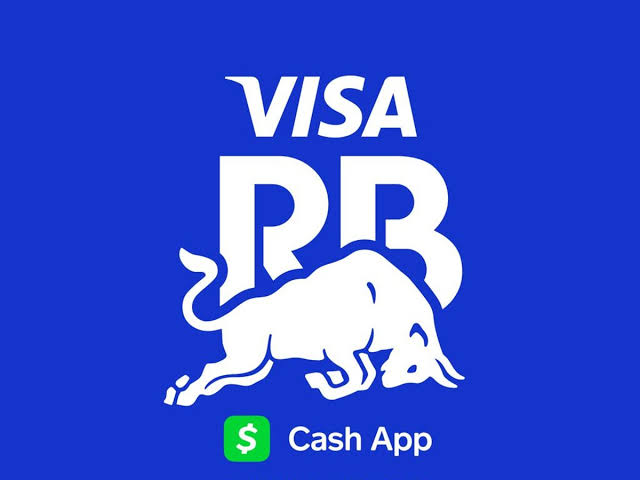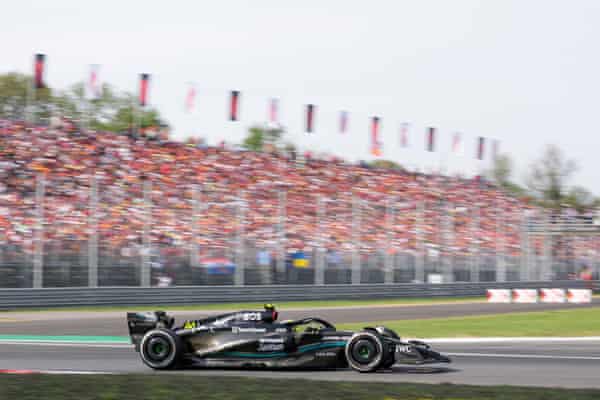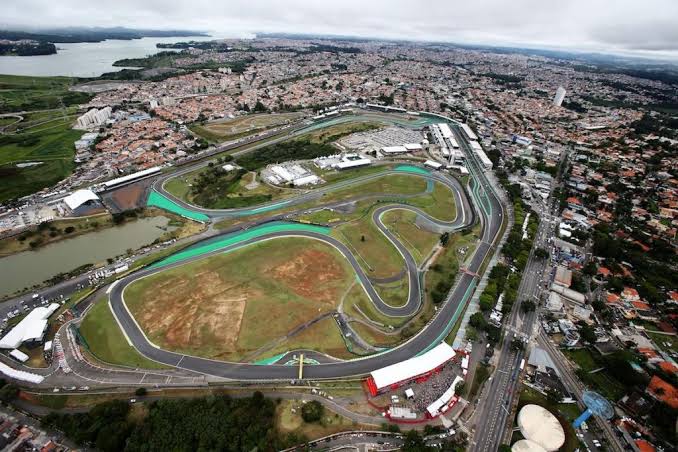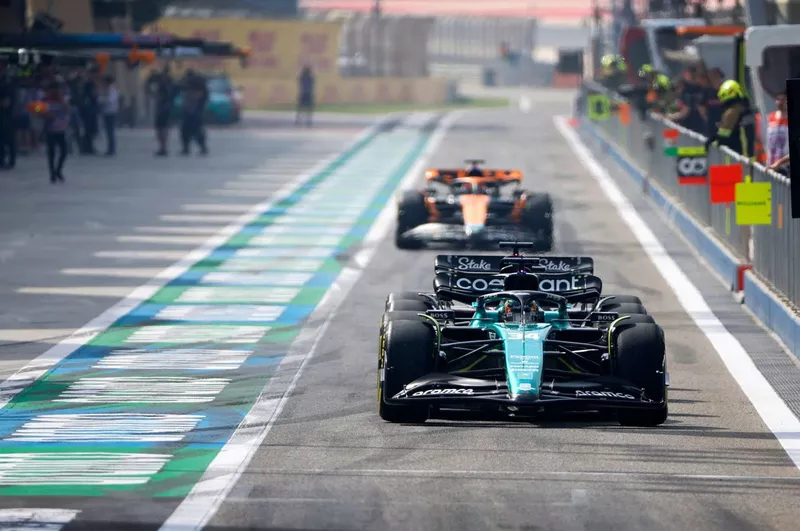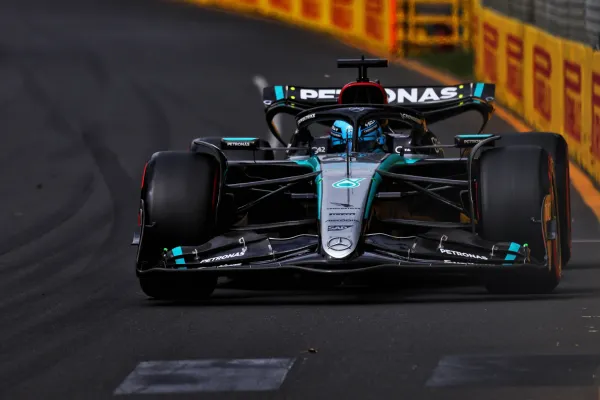Assessing The Impact Of IndyCar Champions Transitioning To Formula 1
The world of motorsports is filled with talented drivers who have made their mark in various racing series. Among these, the transition from IndyCar to Formula 1 (F1) is particularly intriguing, as it involves adapting to different racing environments, technologies, and competition levels. This article delves into the experiences of IndyCar champions who have made the leap to F1, exploring the challenges they faced and the impact of their transitions on both series.
Introduction to IndyCar and Formula 1
IndyCar and Formula 1 are two of the most prestigious open-wheel racing series globally. IndyCar, primarily based in the United States, features a mix of oval and road courses, with the Indianapolis 500 being its most iconic event. F1, on the other hand, is a global series known for its high-speed circuits and advanced technology. The transition from IndyCar to F1 requires drivers to adapt to more complex car systems, higher cornering speeds, and a more competitive field.
Key Differences Between IndyCar and F1
- Car Specifications: F1 cars are lighter and more powerful, with advanced aerodynamics and engine technology. IndyCars, while also powerful, focus more on durability and handling for a variety of track types.
- Racing Style: IndyCar emphasizes speed on ovals and versatility on road courses, while F1 focuses on precision and strategy on purpose-built circuits.
- Global Reach: F1 is a global series with races in over 20 countries, while IndyCar primarily races in the United States and Canada.
Challenges Faced by IndyCar Drivers in F1
Transitioning from IndyCar to F1 is not straightforward. Drivers must adjust to cars with more advanced aerodynamics and engine technology, which significantly impact handling and performance. For instance, F1 cars are generally faster on circuits with sharp turns due to their sophisticated aerodynamic packages, while IndyCars excel on oval tracks where aerodynamic drag is less of a factor.
Moreover, the race format and competition level in F1 are more intense. F1 races are typically held on purpose-built circuits around the world, with a strong emphasis on strategy and pit stops. In contrast, IndyCar races often include oval tracks, which require different driving techniques focused on maintaining speed and managing fuel efficiency.
Notable Transitions: Success Stories
Several IndyCar drivers have successfully transitioned to F1, showcasing their versatility and talent:
- Jacques Villeneuve: A CART champion in 1995, Villeneuve went on to win the F1 World Championship in 1997. His transition highlighted the potential for IndyCar drivers to excel in F1 with the right opportunity.
- Juan Pablo Montoya: After winning the CART championship in 1999, Montoya moved to F1, where he drove for Williams and McLaren. He demonstrated that IndyCar drivers could adapt to the technical demands of F1.
- Mario Andretti: Although not a direct transition, Andretti is a legendary figure who won both the F1 World Championship in 1978 and the IndyCar title in 1965. His achievements underscore the skill and adaptability required to succeed in both series.
Impact on IndyCar
The transition of IndyCar champions to F1 can have several impacts on the IndyCar series:
- Talent Drain: Losing top drivers to F1 can reduce the competitive depth in IndyCar, potentially affecting fan interest and the overall quality of racing.
- Promotional Opportunities: When IndyCar drivers succeed in F1, it can increase global recognition for the IndyCar series, attracting new fans and sponsors.
- Technological Exchange: The exchange of drivers between series can lead to a sharing of technological insights and driving techniques, potentially benefiting both IndyCar and F1.
Impact on Formula 1
The influx of IndyCar talent into F1 brings several benefits:
- Increased Competition: New drivers from IndyCar can enhance the competitive landscape of F1 by introducing fresh perspectives and driving styles.
- Global Appeal: Successful transitions can boost F1’s global appeal by attracting fans from the IndyCar audience, especially in the United States.
- Driver Development: F1 teams may see IndyCar as a viable feeder series for talent, similar to how junior open-wheel series like Formula 2 and Formula 3 currently operate.
Challenges for IndyCar Drivers in F1
Despite the success stories, transitioning from IndyCar to F1 is fraught with challenges:
- Limited Opportunities: F1 has a limited number of seats available each season, making it difficult for IndyCar drivers to secure a spot.
- Technical Complexity: F1 cars are highly sophisticated, requiring drivers to quickly adapt to advanced systems and strategies.
- Competition Level: The competition in F1 is extremely high, with many talented drivers vying for a few top spots.
Case Study: Juan Pablo Montoya
Juan Pablo Montoya’s transition from IndyCar to F1 is a prime example of the challenges and opportunities faced by drivers making this leap. Montoya won the CART championship in 1999 before joining Williams in F1. He quickly adapted to the technical demands of F1, scoring several podiums and a win at the 2001 Italian Grand Prix. His success demonstrated that IndyCar drivers could not only compete but also win in F1 with the right team and support.
Future Prospects
As motorsport continues to evolve, the exchange of talent between IndyCar and F1 will remain crucial. With advancements in technology and the increasing globalization of motorsport, we may see more IndyCar drivers making the transition to F1. This could lead to a more diverse and competitive field in both series, benefiting fans and teams alike.
To explore more about how IndyCar and F1 teams maintain their competitive edge through technological innovation, see our article on The Role of Technology in Motorsports.
Additional Insights: The Role of Technology
Technology plays a crucial role in both IndyCar and F1, with advancements in engine technology, aerodynamics, and data analytics continually pushing the boundaries of performance. For IndyCar drivers transitioning to F1, understanding and adapting to these technological differences is essential.
Engine Technology
F1 engines are more complex and powerful, with a focus on hybrid technology that combines traditional combustion engines with electric motors. This requires drivers to manage energy deployment strategically during races. In contrast, IndyCars use turbocharged engines that emphasize raw power and durability.
Aerodynamics
F1 cars feature sophisticated aerodynamic systems, including complex wing designs and drag reduction systems (DRS), which allow for faster cornering speeds and strategic overtaking opportunities. IndyCars also utilize aerodynamics but focus more on stability and downforce for oval racing.
Data Analytics
Both series rely heavily on data analytics to optimize car performance and strategy. However, F1’s global reach and more complex car systems mean that data analysis plays a critical role in understanding and improving car behavior on diverse circuits.
The Future of Driver Transitions
As the motorsport landscape evolves, we can expect to see more IndyCar drivers making the transition to F1. This trend will be influenced by several factors:
- Globalization of Motorsport: With both series expanding their global reach, there will be more opportunities for drivers to gain international recognition and move between series.
- Technological Advancements: Advances in technology will continue to blur the lines between IndyCar and F1, making it easier for drivers to adapt to new systems and strategies.
- Competition and Talent Development: The competition in both series will drive the need for talented drivers, potentially leading to more transitions as teams seek to strengthen their lineups.
To stay updated on the latest developments in IndyCar and F1, including driver transitions and technological innovations, follow our motorsport news section at Motorsport Updates.
Conclusion
The transition from IndyCar to F1 is a complex and challenging journey that requires drivers to adapt to new racing environments, technologies, and competition levels. While it presents opportunities for growth and recognition, it also poses significant challenges. As the motorsport landscape continues to evolve, the exchange of talent between IndyCar and F1 will remain an important aspect of both series, influencing their development and global appeal.
Final Thoughts
The transition from IndyCar to F1 is a testament to the versatility and talent of motorsport drivers. As both series continue to evolve, the exchange of talent and technology will remain a vital part of their growth and global appeal. Whether you’re a fan of IndyCar’s oval thrills or F1’s strategic sophistication, the world of motorsport offers something for everyone, with the potential for exciting new developments on the horizon.
To stay updated on the latest developments in IndyCar and F1, follow our motorsport news section at Motorsport Updates.
